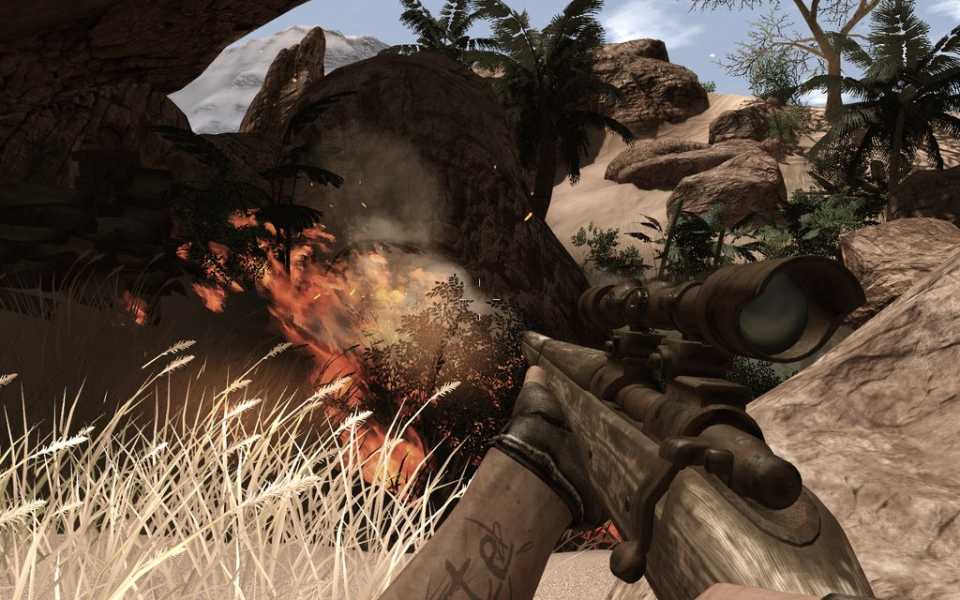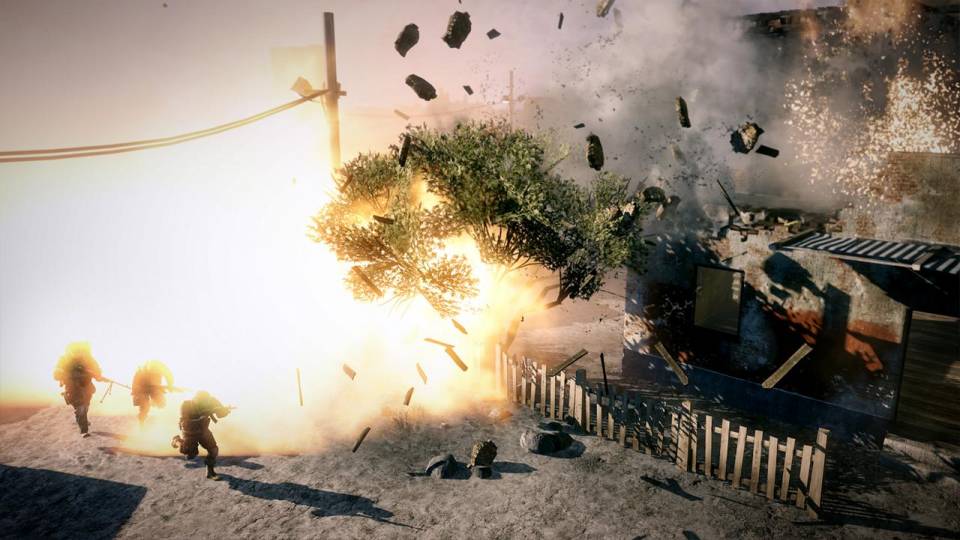How Realistic is Too Realistic?
By PerryVandell 23 Comments
What makes a game something truly special? Is it a story that can turn your tears of sorrow into tears of joy? Is it gameplay that makes you forget you are holding a chunk of plastic in your hands? Or, is it its ability to transform a supposed weekend of productivity into a weekend of Diet Coke and pizza rolls? I look for all of these qualities when buying a new game, but for many people it all depends on how realistic the game is. It’s why some people play Burnout and Call of Duty while others play Gran Turismo and Battlefield. But when does a game’s realism transform from an asset into an obstacle?
Unfortunately there is no exact answer to this question because everyone has different tastes. A game mechanic designed to add a realistic effect might be engrossing for some, but tedious for others. So, I’ve compiled a list of game mechanics whose purpose is to make a game feel more realistic, and shared my thoughts on what I think does and does not work. Enjoy.
Weapon/Armor Degradation
I can’t tell you how many times I've run up to a guy in Far Cry 2, only to be insta-killed because my damn gun jammed. It sucks to die in any video game, but it’s especially bad if the death wasn’t directly your fault. And while it sucks to have a weapon break in the middle of a fight, weapon degradation is still a great tool that developers can use to make their game more realistic. In fact, weapon degradation is one of the things that make Far Cry 2 stand out in a world that’s overcrowded with first-person shooters. Weapon degradation encourages the player to visit gun shops and complete missions they might have passed by, because all of the weapons the enemies use are rusty pieces of shit.

The same goes for the Elder Scrolls series and the latest Fallout games. Part of the reason you explore the world and search through containers is to ensure that you have enough supplies/money to keep your equipment in good shape. I’ll admit there are other reasons to exploring in the Fallout/Elder Scrolls universes, but there’s no denial that weapon condition is an important factor.
It’s important to note that weapon degradation should not be included in multi-player. It works in single player because you have the time to find a nice quiet spot to repair your weapon or visit a safe house and pick up a new one. Also, good multiplayer is based on a system of fairness. If you die, it should be because you were caught reloading your gun or you forgot to check your corners—not because some complex algorithm decided your gun should stop firing instead of the enemy’s.
Arsenal Size
One of the things that set Halo apart from other first-person shooters was its restriction that kept you from carrying more than two weapons. While Master Chief may have had top-of-the-line armor and training, he still lacked the deep pockets of Gordon Freeman and the main character in Doom. While it was nice to never drop a weapon, cycling through your entire arsenal during combat became a nightmare—especially on consoles.
Realistic Damage
A great way to make a game feel realistic is by making objects respond to damage as they would in reality. A big reason why I chose to buy Burnout Paradise over all the other racing games was because Criterion managed to make crashing your car fun rather than aggravating. Sure I may total my car and cost myself a race, but it’s hard for me to get frustrated while I watch my $500,000 car suffer the effects of Newton’s third law in remarkable detail. In fact, realistic car damage is practically a necessity for today’s games (that contain cars).
Of course the only things more impressive than expensive cars smashing into guardrails at 200 mph are expensive collapsing buildings. Unfortunately realistic building damage is still a relatively new technology, and seems to only be prevalent in Bad Company 2 and Red Faction: Guerilla. The problem many developers probably have with building damage is that it allows the player to pick and choose how they enter and exit a building, which can be a problem if players are meant to stay on a set path. Still, it would be nice if the damage buildings sustained in future games was more detailed than an ash mark.

Realistic damage ceases to be a positive game element when it is applied to the main character of a game, a.k.a—you. Let’s face it, most of the characters in today’s games are walking tanks, capable of taking a dozen bullets with the only symptom involving their vision turning red for a couple of seconds. The reason video game characters can be shot, stabbed, and mutilated without dying, is because most people would chuck the controller at their TV an hour into the game.
The point I’m trying to make is that it’s fine to make a game feel realistic as long as the player’s enjoyment isn’t sacrificed in doing so. The highest priority a game developer should have is to make their game as fun as possible. And if that means directly depositing money into a player’s pocket instead of forcing them to visit a bank, so be it.
